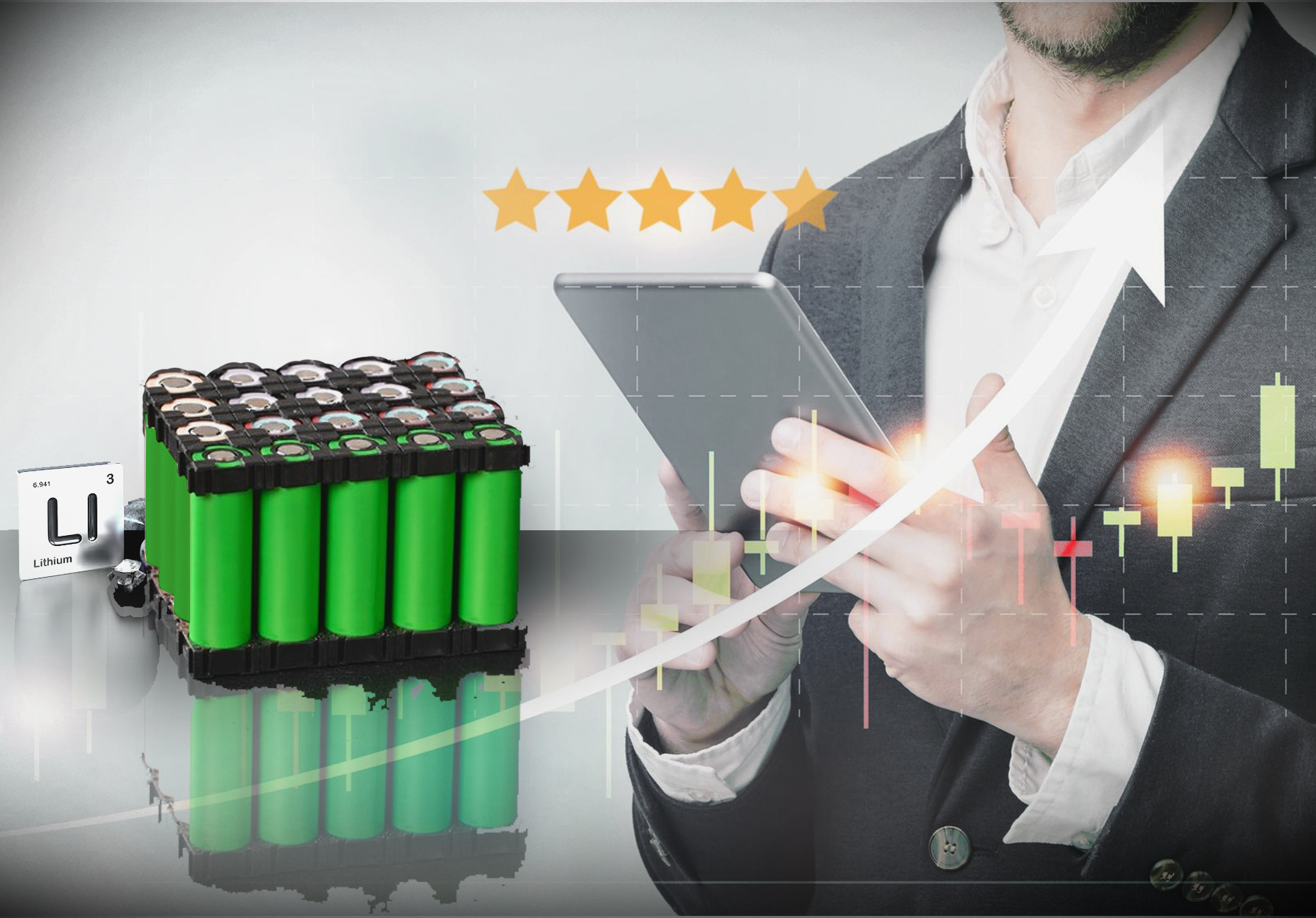Introduction:
In our increasingly digital world, lithium-ion battery packs have become integral to our daily lives, powering everything from smartphones to electric vehicles. As the demand for portable and sustainable energy solutions rises, understanding how to maximise the efficiency and longevity of lithium-ion battery packs is crucial. This blog explores the factors that influence the performance of these batteries and offers insights into optimising their efficiency and lifespan.
Understanding Lithium-Ion Battery Technology:
Before delving into optimisation strategies, it’s essential to grasp the fundamentals of lithium-ion battery technology. These rechargeable batteries utilise lithium ions to facilitate the movement of electrons, generating electrical energy. The key components include a positive electrode (cathode), a negative electrode (anode), and an electrolyte, typically a lithium salt in a solvent.
Advantages of Lithium-Ion Battery Packs:
Lithium-ion (Li-ion) battery packs have become increasingly popular in various applications due to their numerous advantages. Here are some key benefits of lithium-ion battery packs:
High Energy Density:
Lithium-ion batteries boast a higher energy density compared to other rechargeable batteries. This means they can store more energy in a smaller and lighter package, making them ideal for portable electronic devices where weight and size are crucial factors.
Long Cycle Life:
Lithium-ion batteries generally have a longer cycle life compared to traditional rechargeable batteries. They can endure a significant number of charge and discharge cycles before showing signs of degradation. This makes them a reliable and durable choice for applications where a long lifespan is essential, such as electric vehicles.
Low Self-Discharge Rate:
Lithium-ion batteries have a lower self-discharge rate than many other rechargeable batteries. This means they can retain their charge for a longer period of time when not in use, making them suitable for devices and applications that may be idle for some time between uses.
Fast Charging Capability:
Li-ion batteries typically support faster charging compared to other battery technologies. The ability to recharge quickly is advantageous, especially in situations where downtime needs to be minimised, such as with electric vehicles or portable electronic devices.
Versatility in Design:
Lithium-ion battery packs are versatile in terms of design. They come in various shapes and sizes, making them adaptable to different form factors and applications. This flexibility in design is particularly useful in the development of innovative and compact electronic devices.
Factors Influencing Battery Performance
Temperature Management:
Lithium-ion batteries are sensitive to temperature variations. Extreme heat or cold can impact their performance and longevity. High temperatures accelerate chemical reactions within the battery, leading to a faster degradation of its components. Conversely, extremely low temperatures can impede the battery’s ability to deliver power effectively. Maintaining an optimal operating temperature range is crucial for maximising battery life.
Charge and Discharge Rates:
The rate at which a lithium-ion battery is charged or discharged affects its overall performance. Rapid charging generates heat, potentially leading to thermal stress and degradation. On the other hand, discharging the battery at an excessively high rate can also impact its longevity. Balancing the need for quick charging with the goal of preserving battery health is essential.
Depth of Discharge (DoD):
The depth to which a lithium-ion battery is discharged, known as the Depth of Discharge (DoD), significantly influences its lifespan. Shallow discharges, where the battery is only partially depleted before recharging, contribute to longer battery life. In contrast, deep discharges, where the battery is nearly fully depleted, can accelerate wear and reduce the number of charge cycles the battery can undergo.
Optimising Efficiency and Longevity
Temperature Control Systems:
Implementing effective temperature control systems is paramount to ensuring lithium-ion battery longevity. Many modern devices and electric vehicles are equipped with thermal management systems that regulate the temperature of the battery during operation. This can involve cooling systems to dissipate heat or heating elements to prevent extremely low temperatures.
Smart Charging Algorithms:
Employing smart charging algorithms helps optimise the charging process to extend battery life. These algorithms adjust the charging rate based on the battery’s current state, temperature, and other factors. Gradual charging during the final stage (trickle charging) and avoiding rapid charging when not necessary are strategies that contribute to preserving battery health.
Balancing Charge and Discharge Rates:
Striking a balance between the need for quick charging and discharging rates that do not stress the battery is crucial. Manufacturers are continually improving battery management systems to regulate charging speeds, preventing excessive heat generation. Additionally, devices and electric vehicles often come with sophisticated charging circuits to optimise the overall charging process.
Battery Calibration:
Regularly calibrating the battery by fully charging and discharging it helps the device or vehicle accurately gauge the available capacity. This calibration prevents the battery from prematurely reaching its low-voltage cutoff, a condition that can negatively impact its overall health.
Avoiding Deep Discharges:
Encouraging users to avoid deep discharges by recharging the battery before it reaches critically low levels is essential. Devices and vehicles with built-in safeguards often shut down or enter a low-power mode before the battery is completely depleted, preventing deep discharges and prolonging battery life.
Conclusion:
As we continue to rely on lithium-ion battery packs to power our devices and vehicles, understanding how to maximise their efficiency and longevity is paramount. Through advancements in technology and a commitment to best practices, manufacturers and users alike can contribute to the sustainable use of these energy storage solutions. Temperature management, smart charging algorithms, balancing charge and discharge rates, regular battery calibration, and avoiding deep discharges all play vital roles in ensuring that lithium-ion battery packs perform optimally and have a prolonged lifespan. By incorporating these strategies into our approach to battery usage, we can enjoy the benefits of efficient and long-lasting power sources while minimising the environmental impact of battery disposal.





